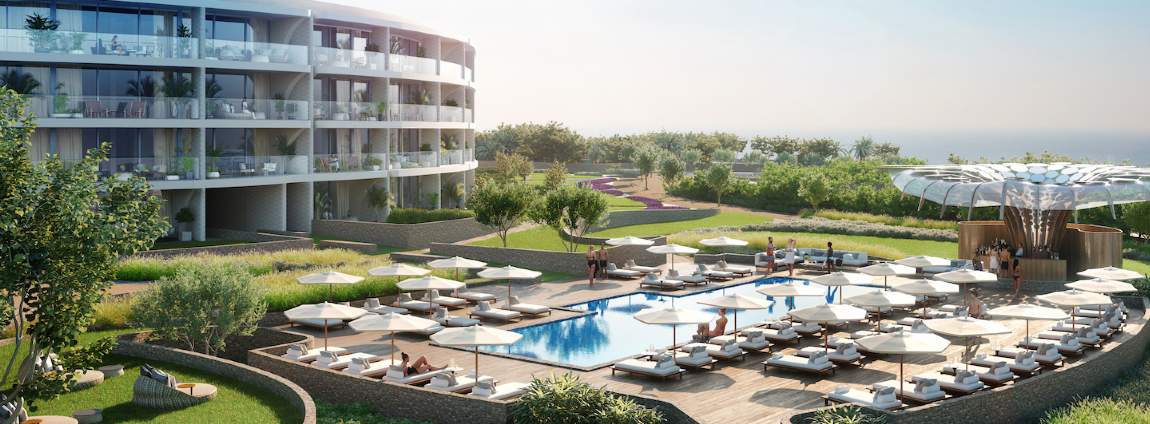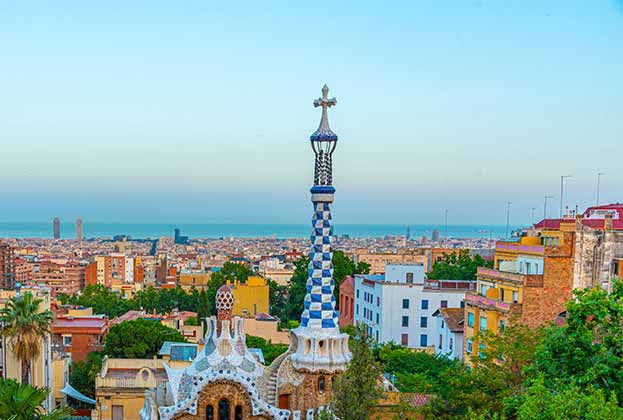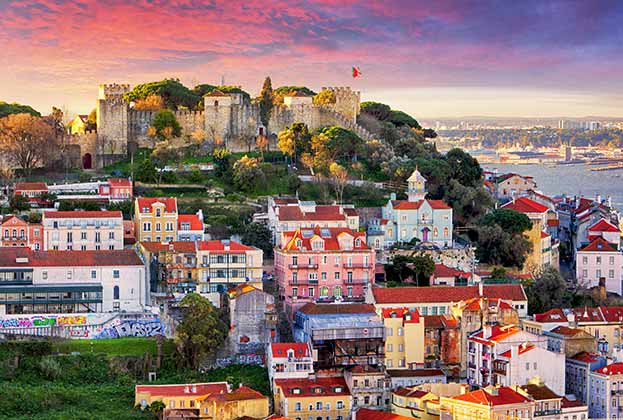The first two blogs of this series (see below) explored the landscape of the global branded residential market. Having established some context, the reasons for the success of the industry and where the industry might be headed, here, members of the global residential development team and I answer some of our prospective buyers’ most frequently asked questions.
Can I rent out my branded residential property?
If it’s attached to a hotel brand, the likelihood is that you, the buyer, would not be able to rent your unit out privately. However, there may well be an option to lease back your unit to supplement the hotel inventory. When you purchase a branded residence, it will be made clear to you whether it is mandatory or optional to lease back your unit. Developments with mandatory leaseback agreements tend to offer better returns than those with optional rental management schemes.
Are the annual costs of branded residences higher than those of non-branded luxury residential property?
Ben Rebeiro: It’s an interesting question. The answer, more often than not, is that costs are higher for branded schemes. However, this is usually balanced by a superior service and management offering in addition to a higher specification or greater provision of facilities within the development. Service charges are also highly market specific, with less established markets offering relatively cheaper offerings for similar services and facilities compared with more established markets such as New York, Miami and London. This is due to prevailing market labour costs.
If I’m buying in a branded residential scheme offering a rental management programme will my rental yield cover my yearly costs/service charge?
Louis Keighley: Typically, yes. Rental management programmes within branded residential schemes are offered for exactly this reason and are often put in place by the developer in order to attract both investment-minded buyers and those who are purchasing for lifestyle reasons and would like hassle-free management of their second home when they are not in residence.
Of course, depending on the quantity, quality and level of services and facilities provided service charges will vary between schemes. However, the rental premiums achievable within these units is often well above non-branded equivalents and can generate a healthy annual yield.
Many schemes target investors looking to achieve net yields (that is, after costs) in the region of 4 per cent per year. This means that the branded residential sector can be a very interesting diversifier for those investment-driven buyers. Some schemes even offer a guaranteed yield over a certain time period (up to 10 years in some instances).
There is a trade-off for such a strong investment proposition though, as these schemes usually impose fairly stringent usage restrictions to ensure the units are rented out during the high season, so personal use tends to be fairly restricted. A typical example would be for eight weeks of annual usage, with two weeks in high season.
To summarise, branded residential products tick lots of boxes, whether you’re looking to buy for purely investment-driven reasons, you would like to cover your costs, or you would simply like to make your property do some work while you are not in residence. Next month’s blog will cover some of the questions we hear most from a developer’s perspective.
- Branded Residences: What are they and why are they so successful?
- What does the future of Branded Residential look like?

.jpg)




.jpg)
.jpg)


